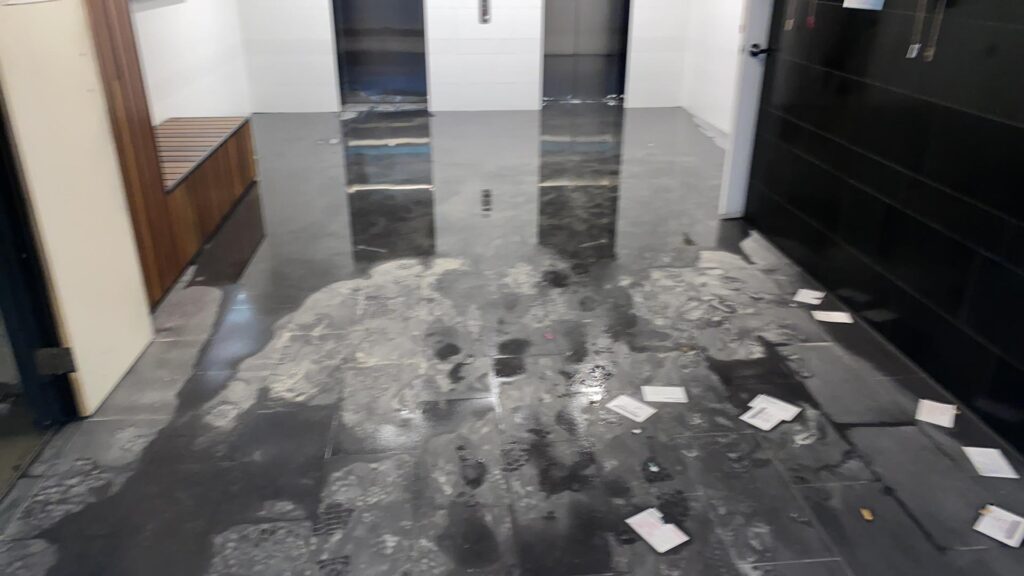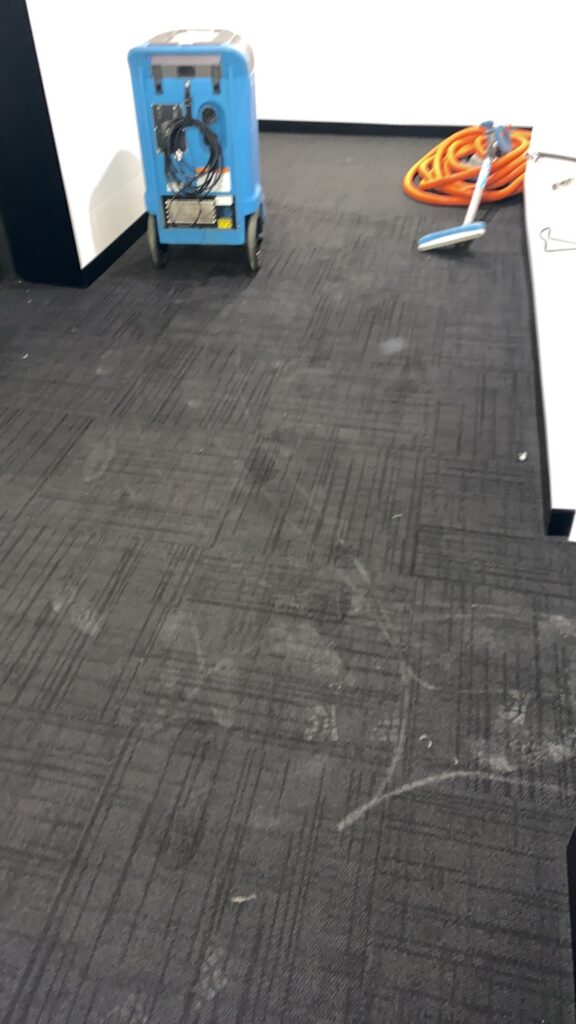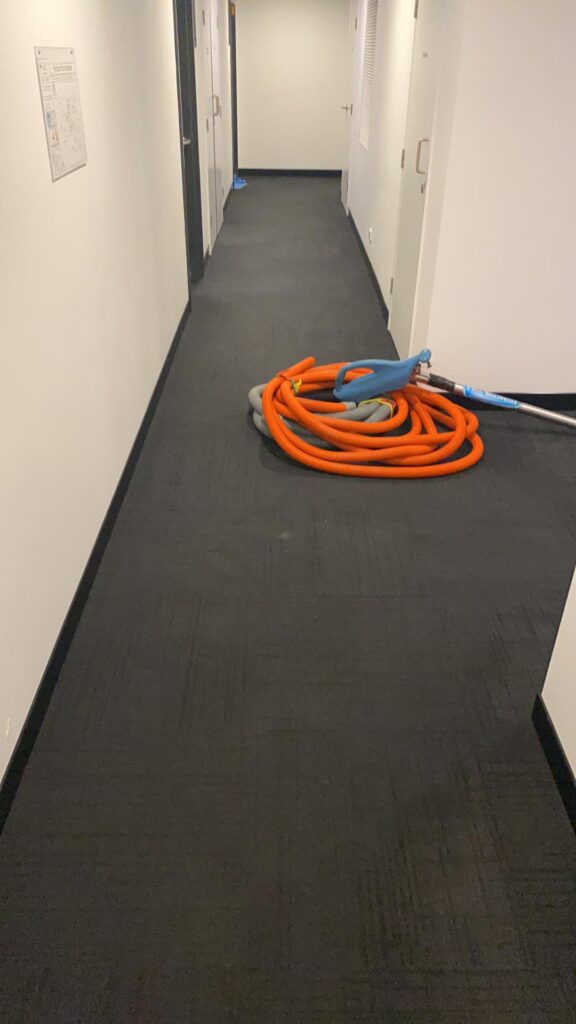In Australia’s bustling cities like Brisbane, Sydney, and Melbourne, many homeowners and strata residents organize their insurance policies with a focus on common risks like fire or theft, often overlooking flood cover. The assumption is that if you’re not in a designated flood-prone area—such as low-lying suburbs near rivers—you’re safe from water-related disasters. However, this is a costly misconception. Flood insurance isn’t just about rising rivers or storm surges; it encompasses internal water damage from burst pipes, sewage backups, and other unexpected incidents that can strike anywhere, anytime. As specialists in water damage restoration at Reztor Restoration, we’ve seen how lacking this coverage can lead to devastating out-of-pocket expenses. With water damage being one of the leading causes of insurance claims in Australia, ensuring your policy includes comprehensive flood protection is crucial to safeguarding your home and finances.
The Leading Role of Water Damage in Insurance Claims
Water damage consistently ranks among the top reasons for home insurance claims in Australia, far outpacing many other perils in frequency and cost. Recent data from 2025 highlights the scale: extreme weather events, including floods, have already generated over $1.8 billion in claims for the past financial year, with three natural disasters alone accounting for much of this. In the first five months of 2025, insurers received more than 32,000 wild weather-related claims, surpassing the total for all of 2024. Specifically for flooding and water damage, events like ex-Tropical Cyclone Alfred in early 2025 led to over 116,000 claims totaling $1.236 billion, with ongoing updates showing costs continuing to rise.
But it’s not just massive storms driving these numbers. Internal water incidents—such as leaks, bursts, and overflows—make up a significant portion of everyday claims. Industry insights show that water damage accounts for around 24% of all home insurance claims, with average costs per incident hovering at $5,000, though severe cases can exceed $500,000. In strata properties, which are common in high-rises across Brisbane, Sydney, and Melbourne, water damage represents 42% of claims, and costs have surged 72% over recent years. Up to 93% of these incidents are preventable with proper maintenance, yet defects like poor waterproofing affect 85% of apartments nationwide.
These statistics reveal a harsh reality: while external floods grab headlines, internal “floods” under insurance definitions are more common and can be just as destructive, especially in multi-story buildings where water cascades through floors.

Common Misconceptions: “I’m Not in a Flood Zone, So I’m Safe”
One of the biggest myths we encounter at Reztor Restoration is that flood cover is unnecessary outside of high-risk zones. Approximately 15% of Australian properties face some flood risk, but this includes internal threats that don’t respect elevation or location. Many assume standard home or strata insurance covers all water damage, but policies often exclude floods—defined broadly to include escapes from pipes, appliances, or sewage—unless specifically added. This leaves owners vulnerable, particularly in high-rises where shared systems amplify risks.
External floods, like those from heavy rains or cyclones, are unpredictable but less frequent than internal issues. For instance, global insured losses from flooding reached $21 billion in the latest reported year, exceeding long-term averages by 69%. Yet, in Australia, internal sources like burst pipes account for 46% of water damage claims, according to major insurers. A survey found that 58% of Australians have experienced or know someone impacted by such damage.
If the unexpected happens without coverage, costs can spiral. Repairs, mold remediation, temporary housing, and lost belongings add up quickly, turning a minor leak into a financial nightmare.
Real-Life Examples of Unexpected Flooding
To illustrate, consider real incidents we’ve encountered or that highlight these risks:
- Burst Pipes and Flexible Hoses: These are everyday culprits. Flexible hoses in bathrooms and kitchens often fail due to wear, releasing high-pressure water that floods units and seeps downward. We’ve handled cases where a single burst affected multiple floors, ruining ceilings, walls, and electronics.
- Sewage Backups and Blockages: In densely populated high-rises, blocked systems can cause contaminated water to surge through lower units. At Reztor Restoration, we often respond to buildings where a sewage block has led to flooding across multiple units. The blockage causes sewage to expel at the lowest entry point, such as ground-floor drains or toilets, backing up and overflowing into apartments above or adjacent. Due to the high contamination risk, all porous materials—like carpets, drywall, and insulation—must be removed and replaced to prevent health hazards from bacteria, viruses, and mold. This not only escalates cleanup costs but requires specialized biohazard protocols, making insurance coverage essential.
- Human Error: Taps and Fire Hoses: Drunk or careless occupants leaving taps running overnight can flood an entire apartment and neighbors below. More dramatically, in February 2021 at the Vicinity Tower in Woolloongabba, Brisbane, a man turned on two fire hydrants while intoxicated, unleashing 1,000 litres of water per minute. This flooded seven of the 13 residential floors, rendering 52 of 92 units unliveable and causing over $500,000 in damage. Residents faced evacuation and significant losses, with the perpetrator sentenced to an 18-month suspended jail term.
- Pool Breaches and Cascading Damage: Building amenities like rooftop pools can breach, spilling thousands of litres into lower levels. In one Brisbane high-rise, a flood from an upper floor traveled through 15 units below, causing extensive structural and content damage.
- Sprinkler System Leak at The Star Gold Coast (March 2025): A destructive leak in the sprinkler system of a near-complete $400 million hotel and residential tower created a horrifying indoor waterfall, flooding multiple floors just weeks before project completion. This incident underscores how internal system failures in high-rises can lead to massive damage, delaying operations and incurring huge repair costs.
- Amplified by External Events: The Woolloongabba Flood (March 2025): During ex-Tropical Cyclone Alfred, flash flooding hit Woolloongabba for the fourth time since 2011, inundating streets like Flower Street and overwhelming drainage in nearby high-rises. While external waters rose, internal systems failed, leading to backups and leaks. We’ve also experienced balconies turning into pools due to the sheer volume of water, with overflow then running directly into adjacent units, exacerbating the damage. Reztor Restoration was allocated to several sites for cleanup, witnessing how these combined threats devastated properties across multiple floors.
These examples from Brisbane—and similar patterns in Sydney and Melbourne—show that flooding isn’t confined to “prone” areas. Internal incidents can happen to anyone, and without flood cover, recovery falls entirely on you.


Organizing Your Insurance: Steps to Include Flood Cover
When reviewing or renewing your policy, prioritize flood inclusion:
- Check Definitions: Ensure “flood” covers both external (e.g., stormwater) and internal (e.g., burst pipes, overflows) events.
- Assess Exclusions: Watch for clauses on gradual leaks or poor maintenance—regular checks can help avoid denials.
- Add Riders if Needed: For high-rises or strata, opt for coverage that includes cascading damage and temporary relocation.
- Compare Providers: With premiums rising due to 2025’s $1.8 billion in extreme weather claims, shop around for balanced protection.
Prevention complements insurance: Inspect plumbing annually, replace old hoses, and in strata buildings, push for committee-led maintenance.
Protect Your Home from the Unexpected
Don’t wait for a burst pipe or storm to reveal gaps in your coverage—the costs can be overwhelming. At Reztor Restoration, serving Brisbane, Sydney, and Melbourne, we’re here to help with water damage emergencies and advice on preparation. If you’ve experienced flooding or want to discuss your risks, contact us today for a consultation.
For more tips on property protection, subscribe to our blog or follow us on social media.


